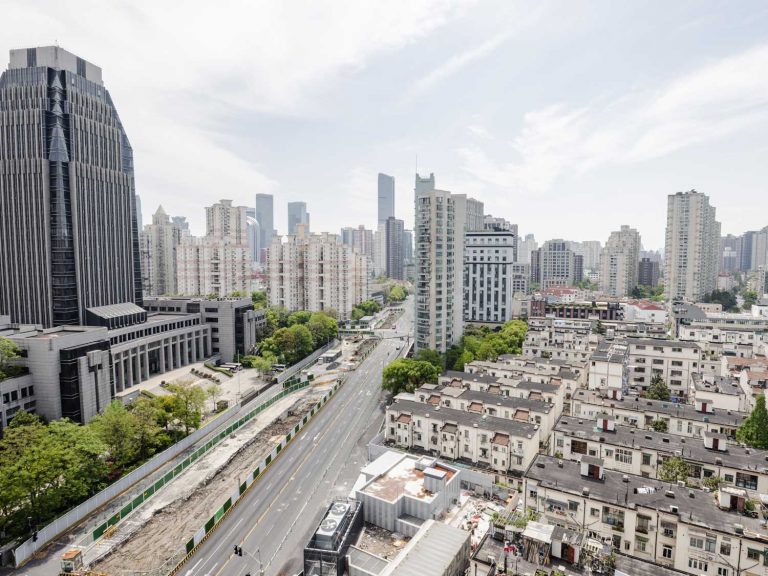
Date:
COVID update: Shanghai lockdown impact
China’s economy grew faster than expected in the first quarter, expanding 4.8%, but the risk of a sharp slowdown over coming months has risen as Shanghai’s lockdown is extended indefinitely and further COVID-19 curbs may follow.
Nearly all of Shanghai is now under lockdown, with most residents unable leave their homes, even for food, while some businesses are operating under “closed loop” conditions, where workers sleep on site.
Cargo deliveries into Shanghai Pudong Airport, meanwhile, are becoming backed up. Prior to the city’s lockdown, around 1,000 consignments would typically arrive each day, with a collection rate exceeding 80%, but because there is not enough trucking capacity, due to driver isolation rules and restrictions on vehicle access to the road infrastructure, that pick-up rate has slumped to just 10%.
In addition, many other airports throughout China, are becoming very congested and flights are having to be cancelled or diverted due to operational issues. Zhengzhou Airport (CGO) has effectively been closed for the next week, due to an influx of air freight, as a consequence to the issues in Shanghai and the surrounding region. This is having a huge impact on rates and available capacity, as well as carriers suspending inbound freight into China, due to 10-day backlogs in accessing the cargo once it has arrived. It really is quite a mess.
Cross-province road transport and the different restrictions and health requirements imposed locally, mean truck drivers are having to manage an array of policies and typically wait hours, each time they need to undertake Covid tests, with other cities becoming more reluctant to let trucks from Shanghai enter.
Shanghai International Port Group (SIPG) has denied there were more than 300 ships waiting to load or unload at the port earlier this month, insisting they are maintaining normal 24-hour operations and that the average berth waiting time for container vessels was less than one day. Real-time vessel tracking platforms tell another story!
While there has been no noticeable diversion of container ships from Shanghai so far, increasing quantities of cargo is being diverted to alternative ports, including Ningbo, Qingdao and Tianjin, and LCL shipments from Shanghai are under threat, due to cross-contamination fears in the warehouse.
Data reports in the press suggest that Shanghai container ports are experiencing “significantly reduced” volumes, with the seven-day average throughput now down 33% and as the supply chain situation in Shanghai continues to deteriorate, the container port is running out of capacity for some types of cargo, with Maersk ceasing bookings for refrigerated and dangerous cargo.
Shanghai factories that have been operating under ‘closed-loop systems’ may soon be forced to stop work due to a combination of material shortages or logistical challenges that make moving people and goods increasingly challenging, plus workers who have been contained for more than three weeks and need to be replaced.
Reduced land-side trucking capacity is expected to continue at all main ports, effectively reducing the capacity available for cargo collections and deliveries, which means factories may not meet planned delivery schedules. We recommend checking with your vendors, to clarify the status of your orders, and whether they have actually been manufactured.
We will continue to closely monitor the situation and will update as changes occur. When China does begin to lift lockdowns and supply chains start to flow freely again, we will share with all of our customers as quickly as possible, as the likely outcome after the situation is resolved, will be pent up demand for delayed goods reaching market and we suspect a congested environment from May onwards, as production is increased in line with lockdowns being lifted. More news to come…..
Metro’s cloud-based supply chain management platform, MVT, simplifies the most demanding global trading regimes, by making every milestone and participant in the supply chain transparent and controllable, down to individual SKU level.
To discuss how our technology could support your supply chain, please contact Simon George our Technical Solutions Director or Elliot Carlile.
